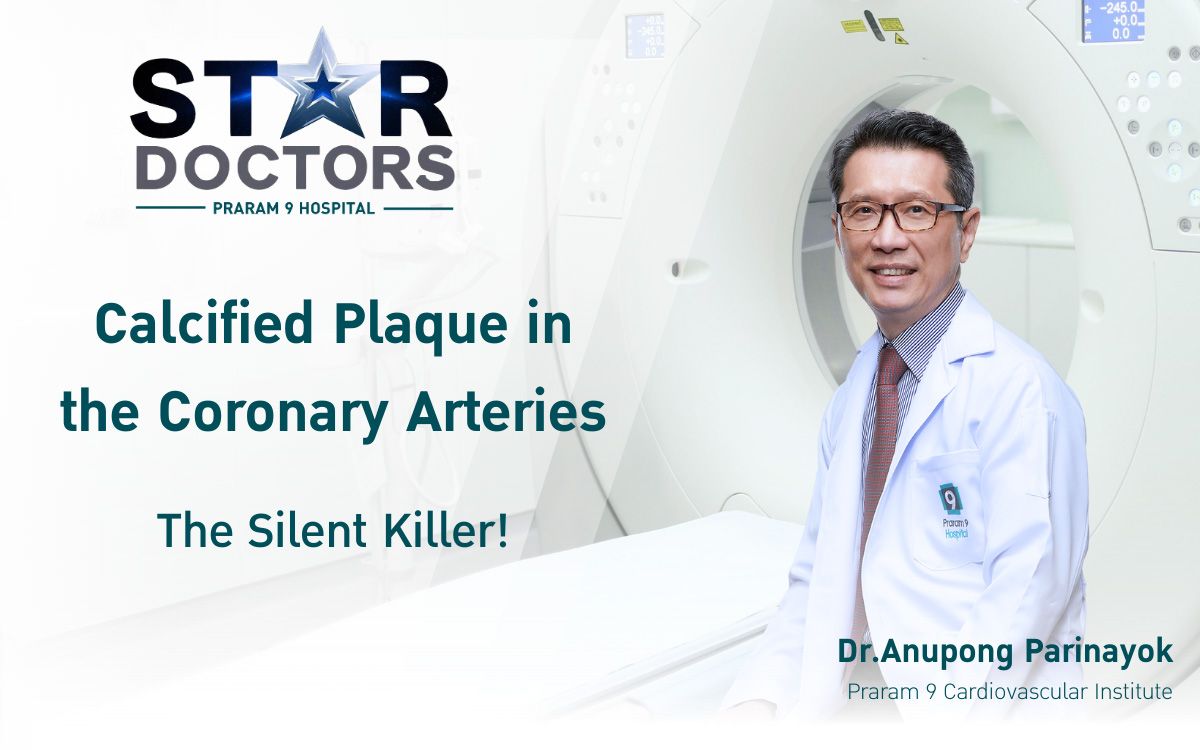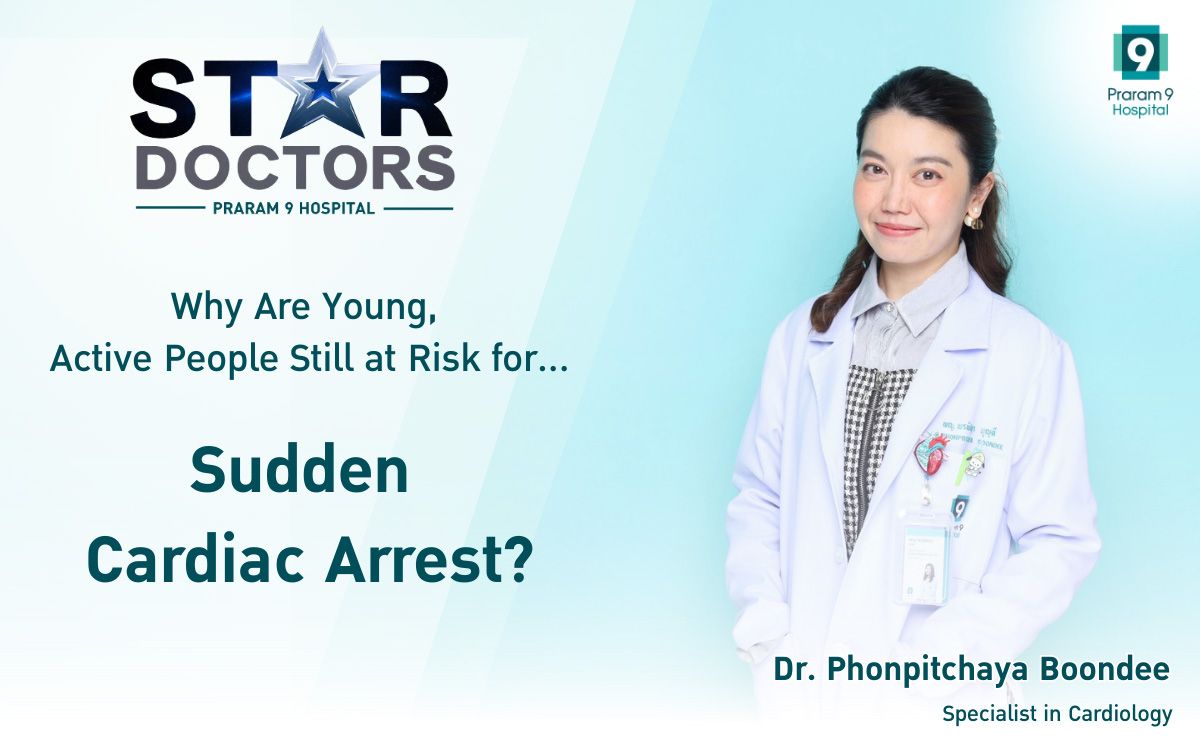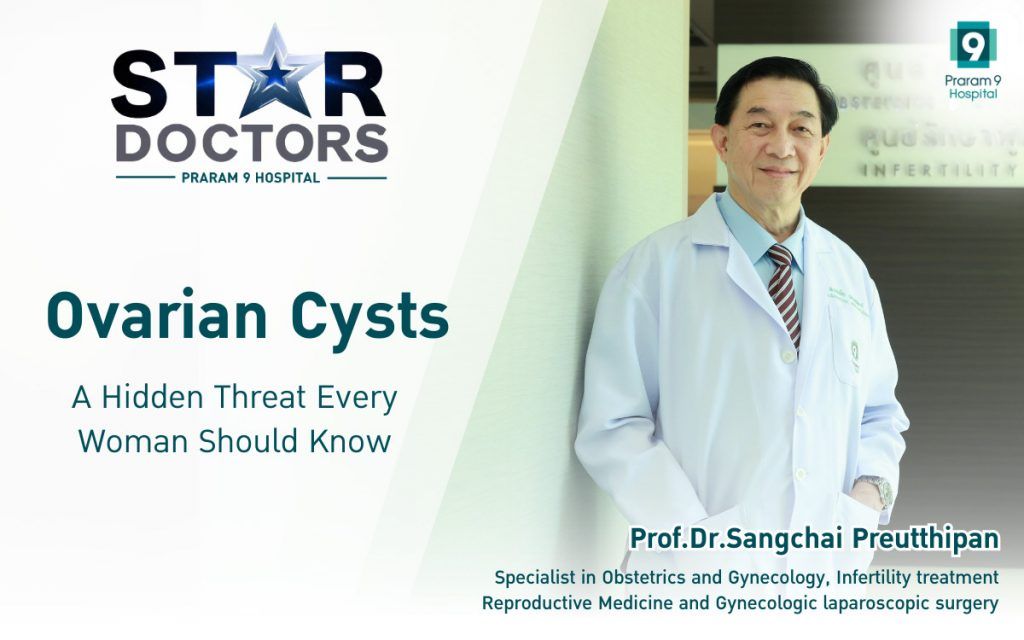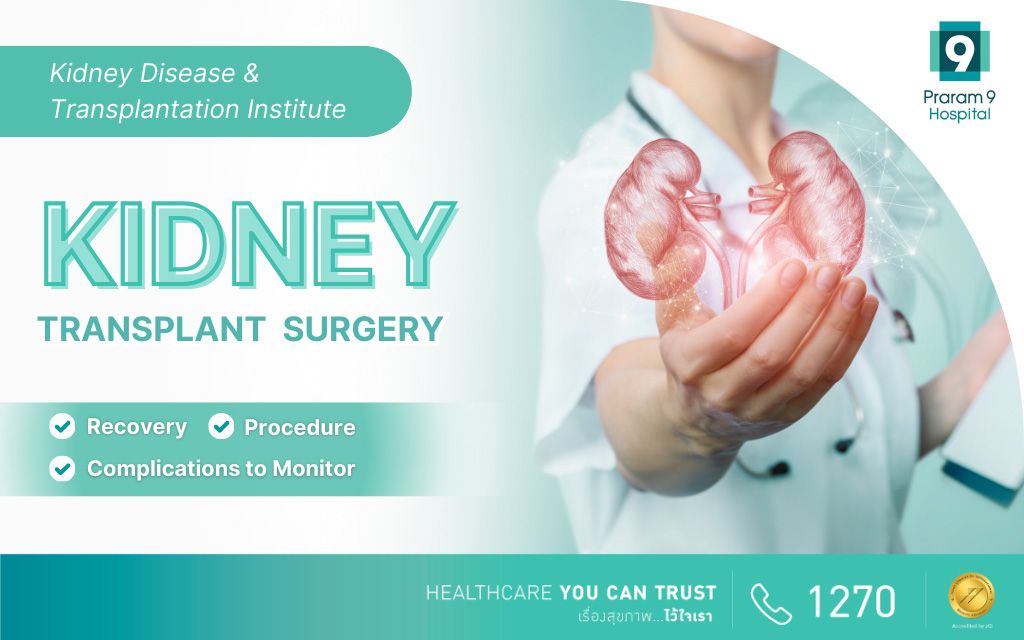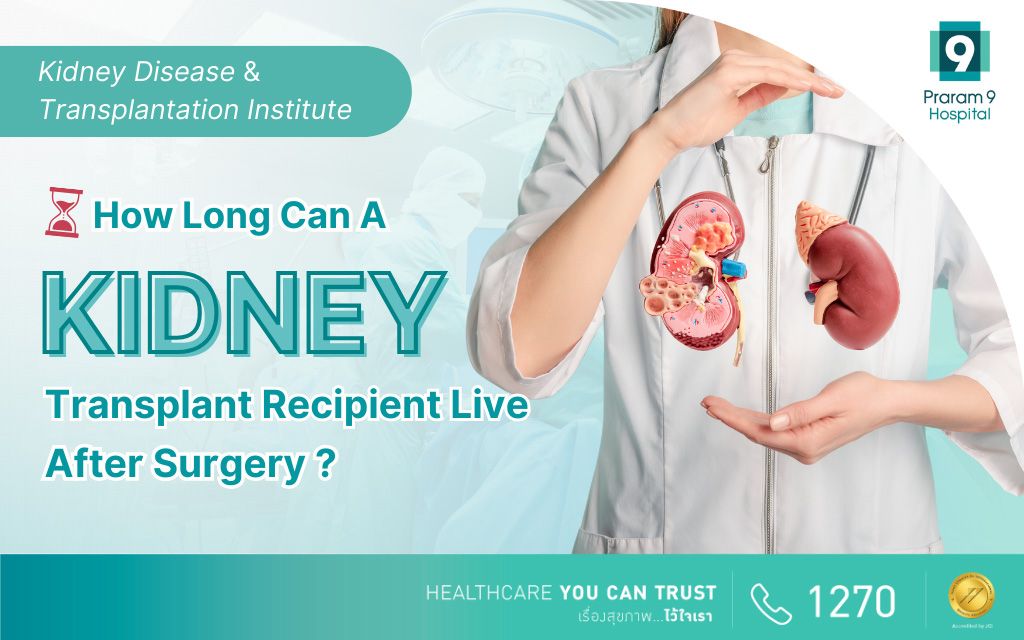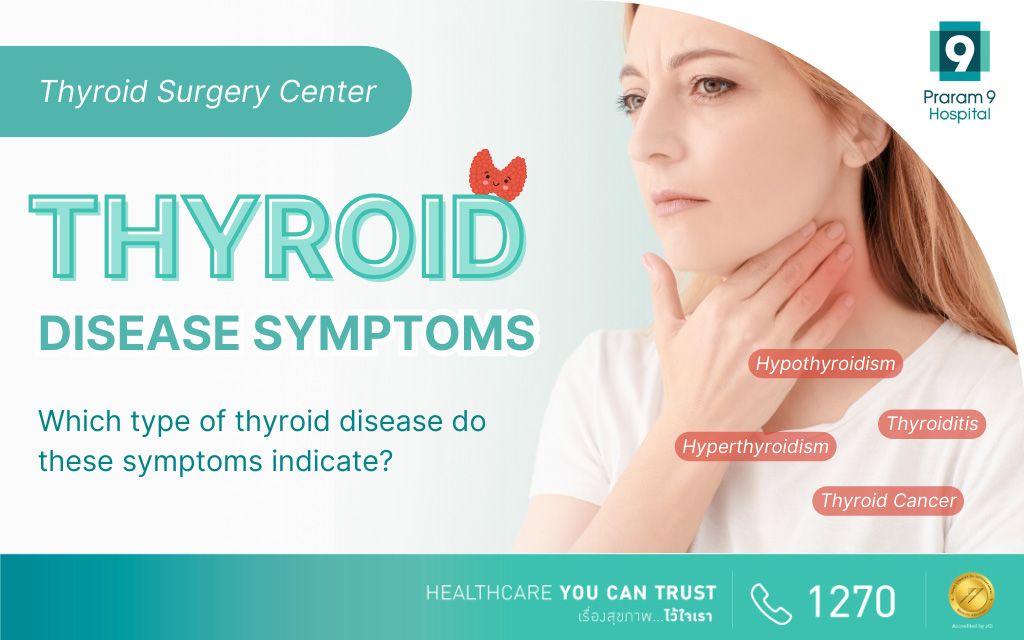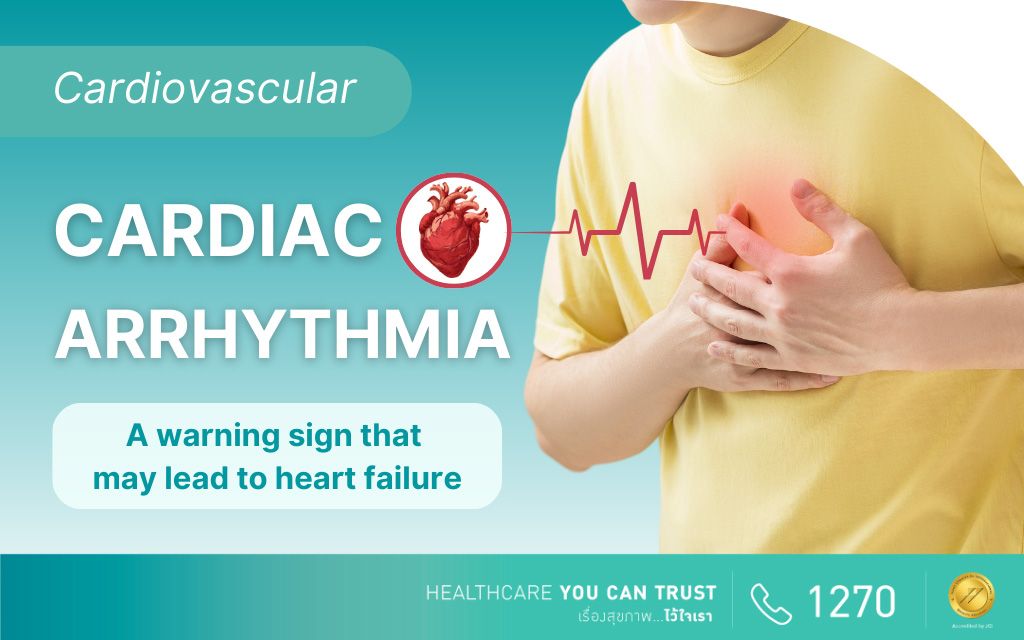Health Articles
Knowledge
What is a heart attack or acute myocardial infarction?

What is a heart attack or acute myocardial infarction?
A heart attack is often caused by an obstruction in the coronary artery. Therefore, if the coronary artery acts as a pipe that goes to the heart and if there is a blood clot, blockage, or muscle spasm, it might obstruct the blood flow. A heart that does not receive oxygen will be destroyed permanently. The destruction that affects the cardiac muscle will occur when the cells in the heart lack oxygen. These cells will die and become the fascia around the destruction area.
How can your cardiac muscles heal itself?
After having a heart attack, the destroyed cardiac muscles will heal by the mechanism of the body and fascia will occur around the area. The small blood vessels will expand to provide nourishment around the fascia or destroyed area from the day that the heart failure occurs. The fascia will develop in 3-4 weeks and become permanent fascia in 6 weeks to 3 months. The new blood flow around the destroyed area is called collateral circulation. Aerobics will help to produce new blood passages. Relaxing and increasing activities little by little are the key to success. Aerobics will strengthen the cardiac muscles and improve the efficiency of pumping blood.
